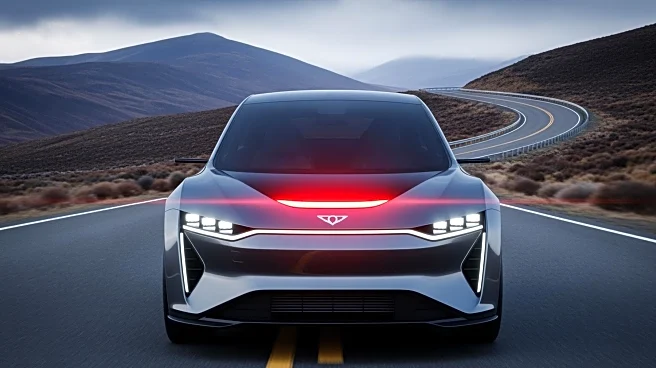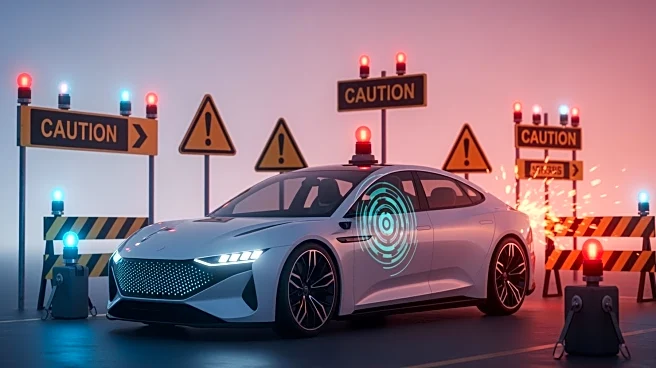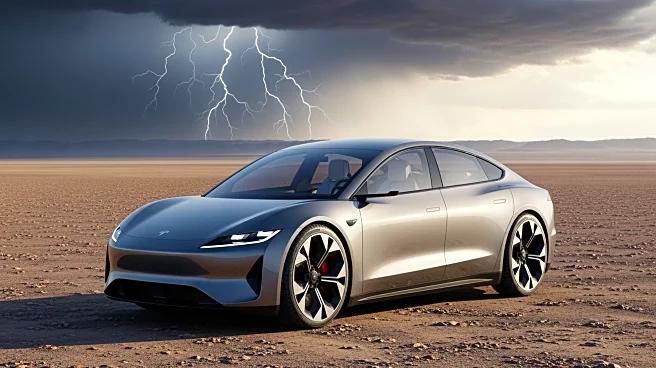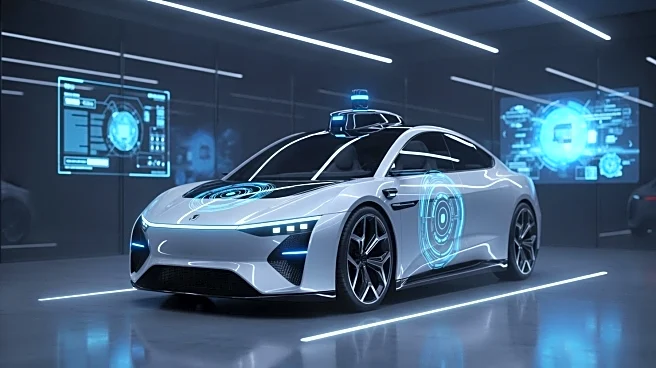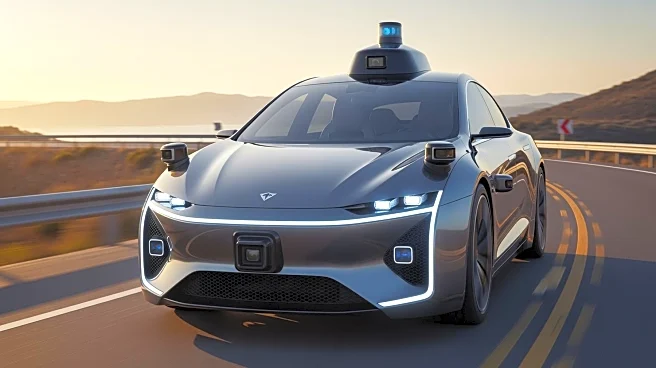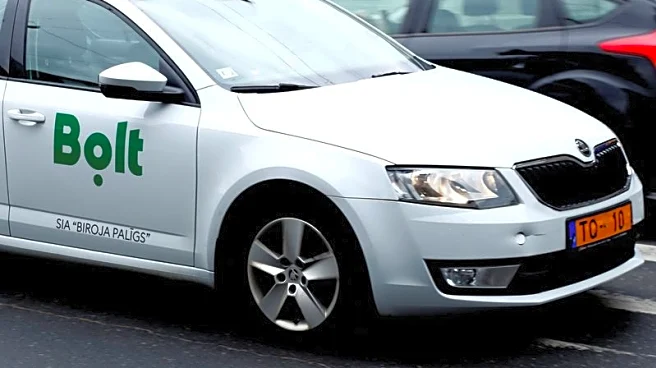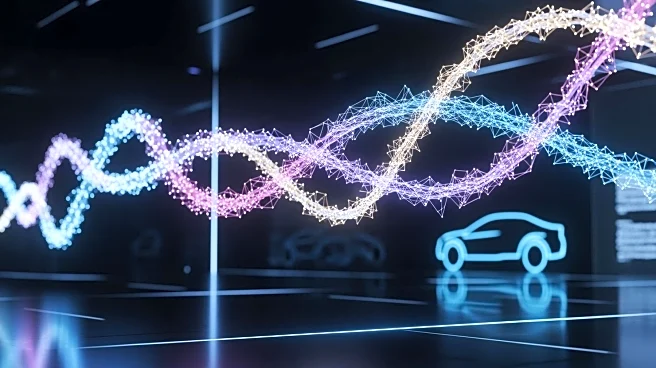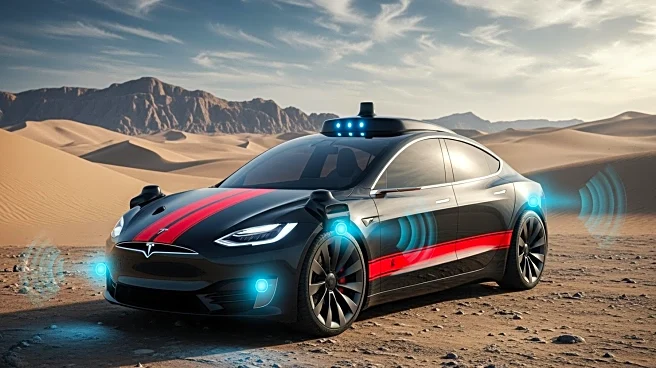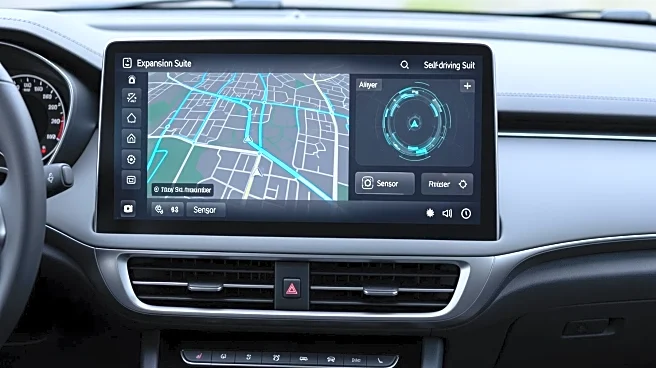What's Happening?
Tesla has reintroduced the 'Mad Max' mode in its Full Self-Driving (FSD) system, a feature that allows for higher speeds and more frequent lane changes compared to the existing Hurry mode. This mode was
initially part of Tesla's Autopilot system in 2018. The reintroduction comes at a time when the U.S. National Highway Traffic Safety Administration (NHTSA) has opened an investigation into Tesla's FSD system following over 50 reports of traffic safety violations and numerous crashes. The Mad Max mode has already been observed exceeding speed limits and rolling through stop signs, raising concerns about its safety implications.
Why It's Important?
The reintroduction of the Mad Max mode in Tesla's FSD system is significant as it highlights ongoing concerns about the safety of autonomous driving technologies. The NHTSA's investigation into Tesla's FSD system underscores the potential risks associated with these features, particularly when they lead to traffic violations and accidents. This development could impact public perception of Tesla's commitment to safety and influence regulatory scrutiny of autonomous vehicle technologies. Stakeholders such as consumers, regulators, and competitors in the automotive industry are closely watching how Tesla addresses these safety concerns.
What's Next?
The NHTSA's investigation into Tesla's FSD system is likely to continue, potentially leading to regulatory actions or requirements for Tesla to modify its autonomous driving features. Tesla may face increased pressure to enhance the safety of its FSD system and address the concerns raised by the Mad Max mode. The outcome of the investigation could influence future regulations on autonomous driving technologies and impact Tesla's market position and consumer trust.
Beyond the Headlines
The reintroduction of the Mad Max mode raises ethical questions about the balance between innovation and safety in autonomous driving technologies. It also highlights the cultural impact of Tesla's branding, which often emphasizes bold and unconventional approaches. The long-term implications could include shifts in consumer expectations and regulatory standards for autonomous vehicles, as well as discussions about the ethical responsibilities of companies developing these technologies.
